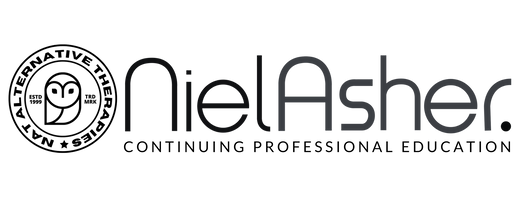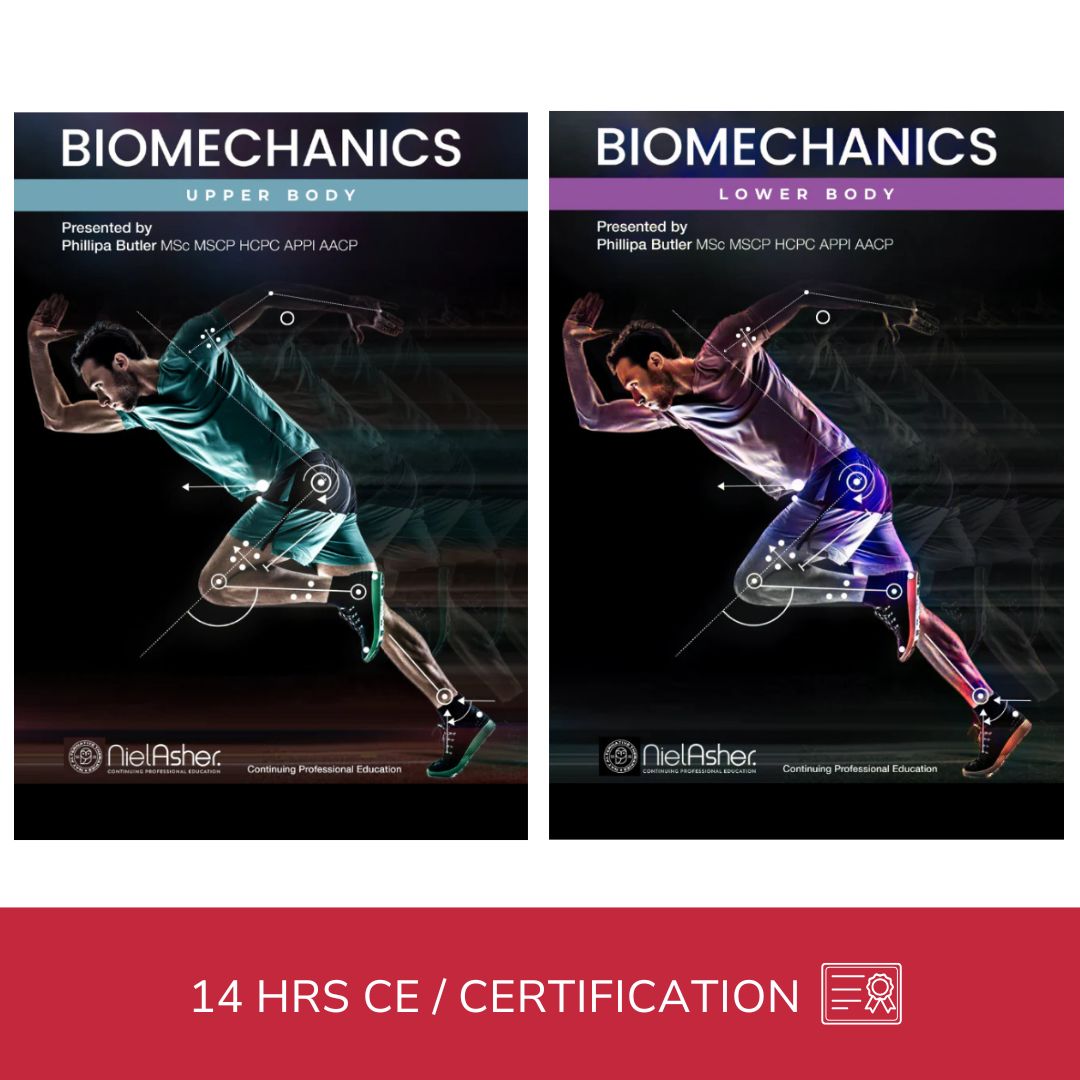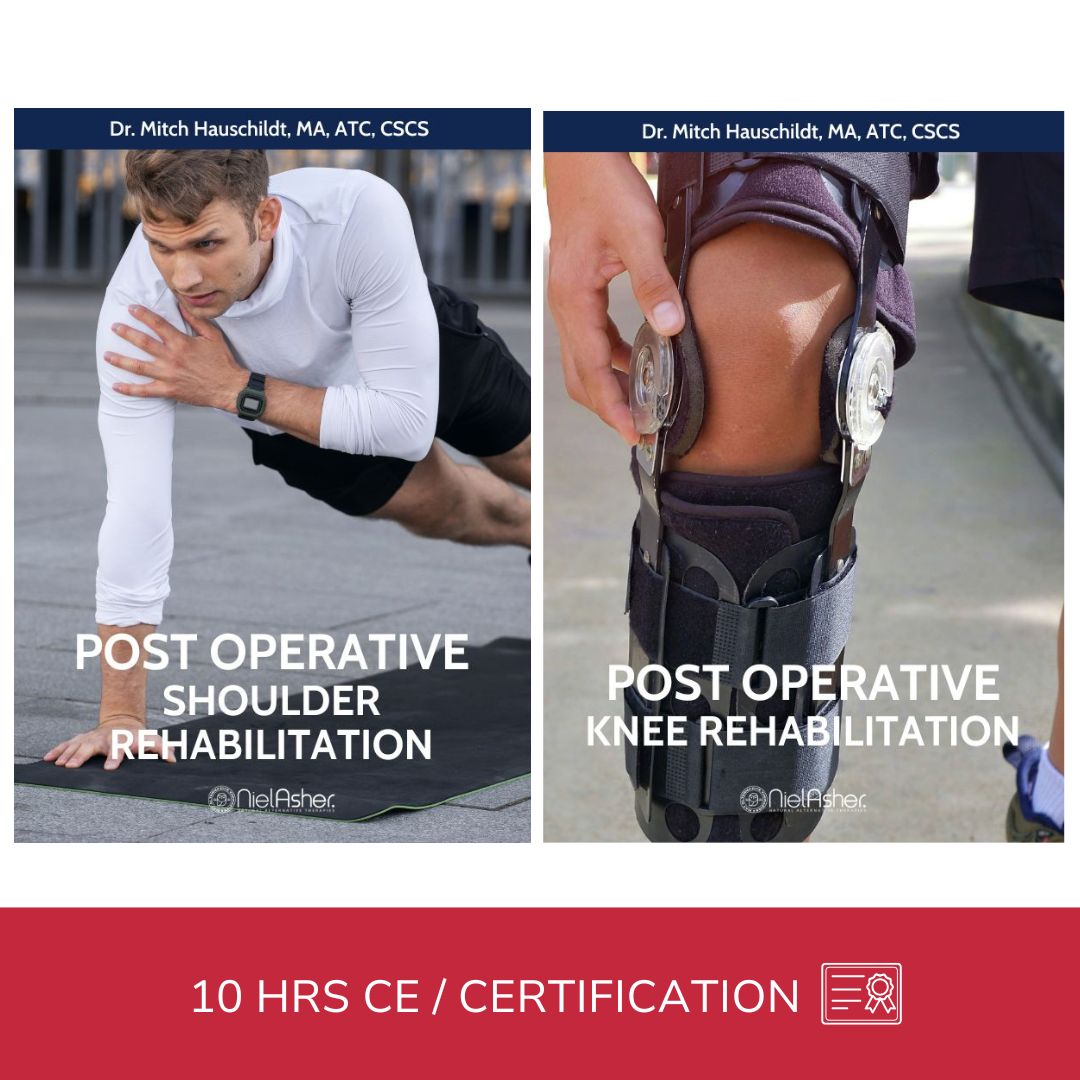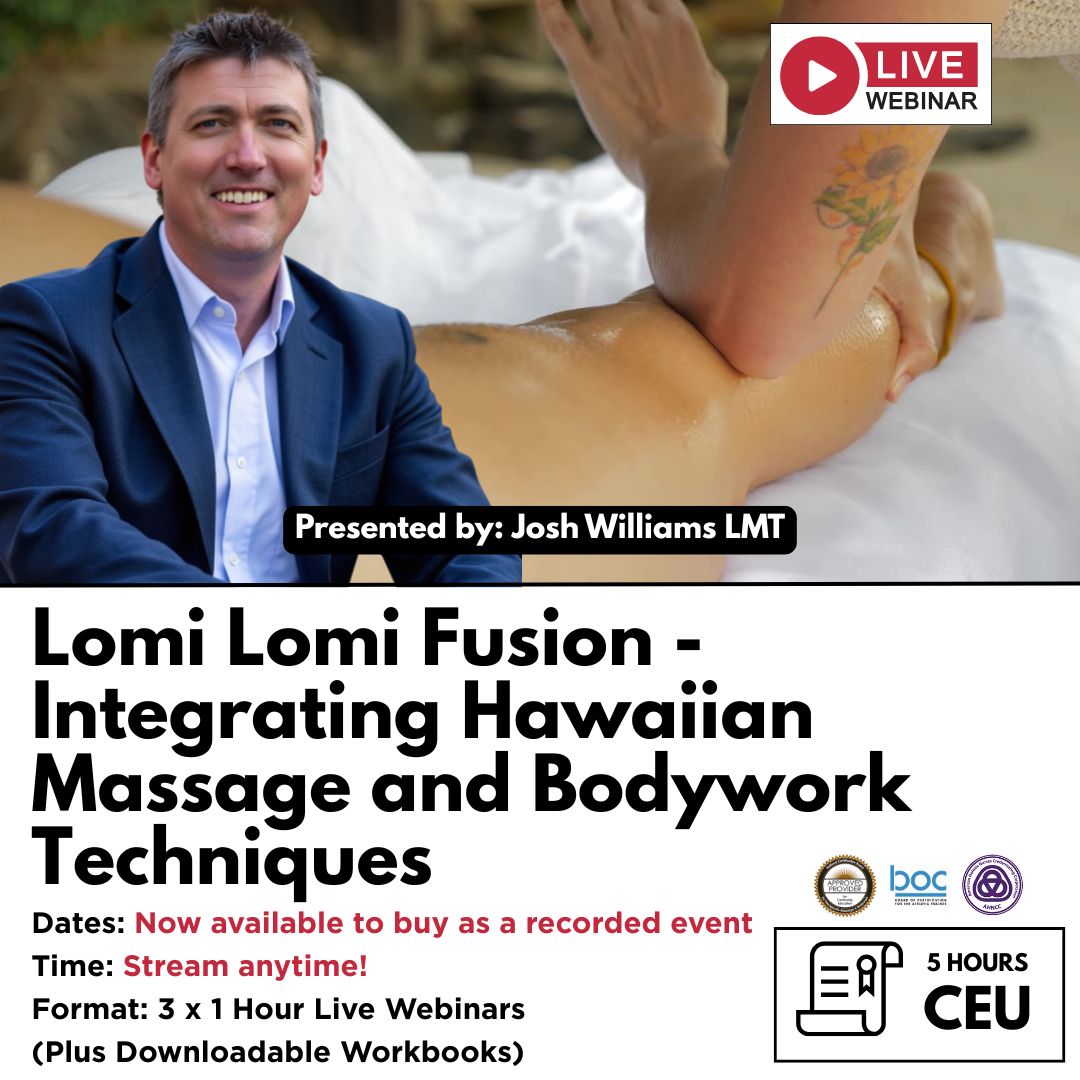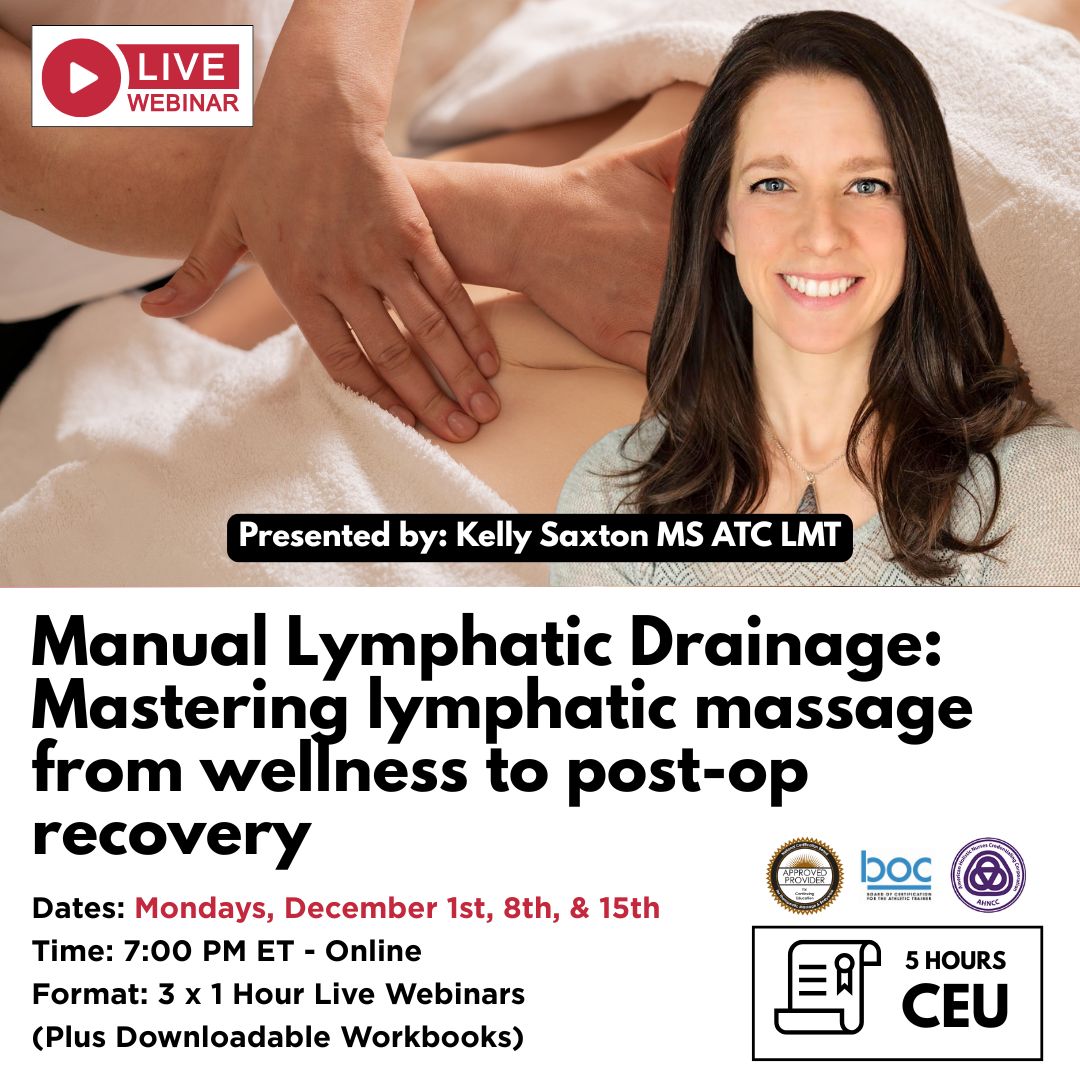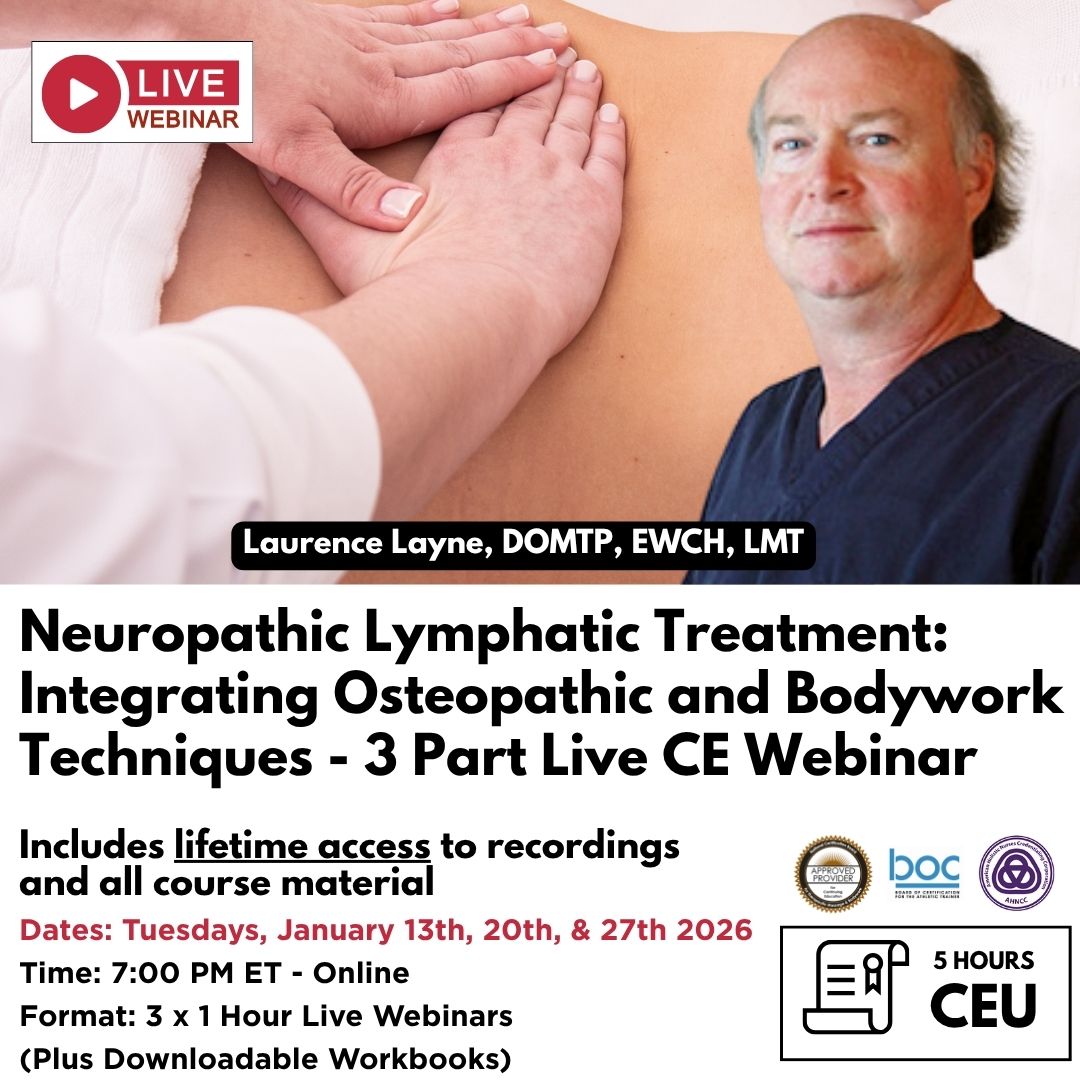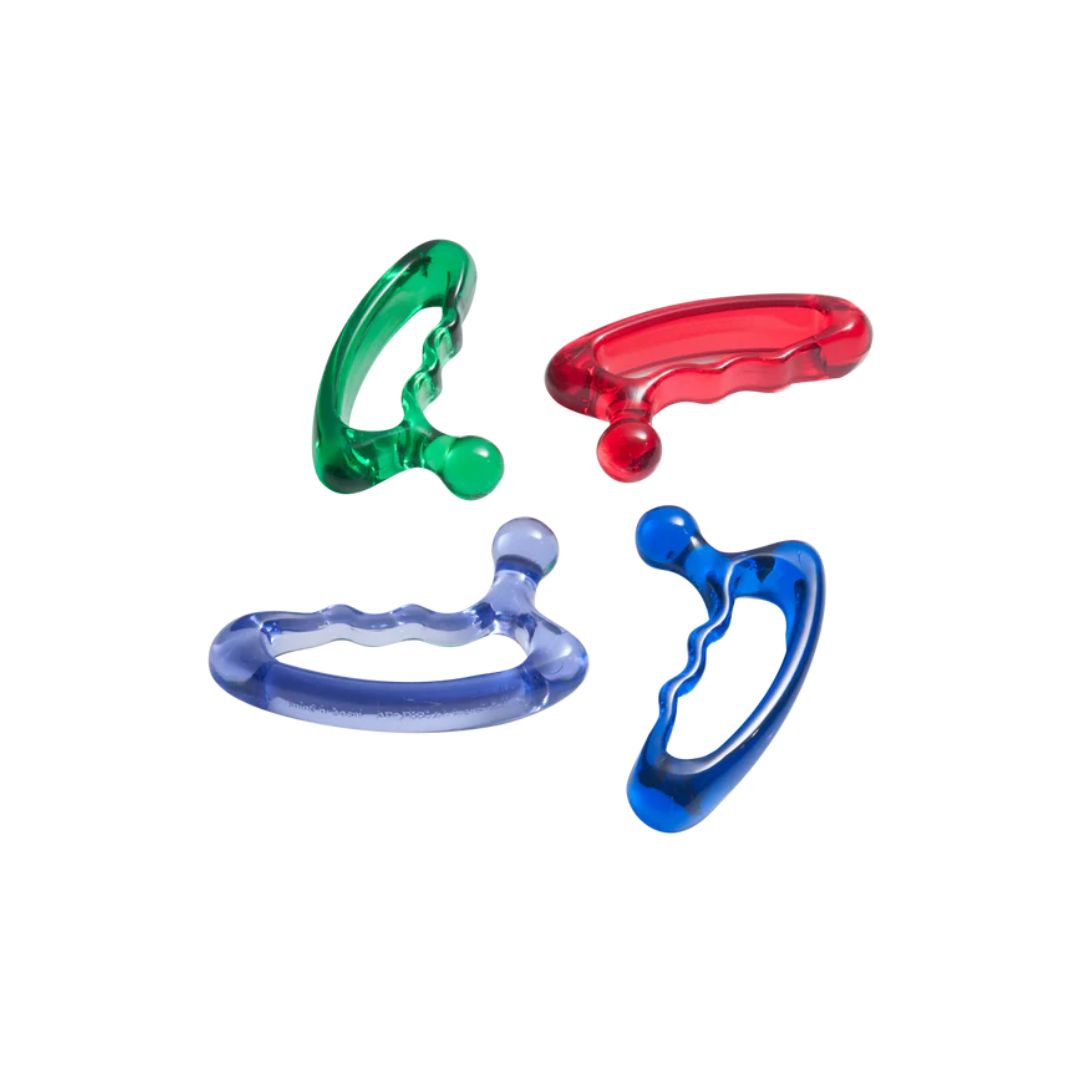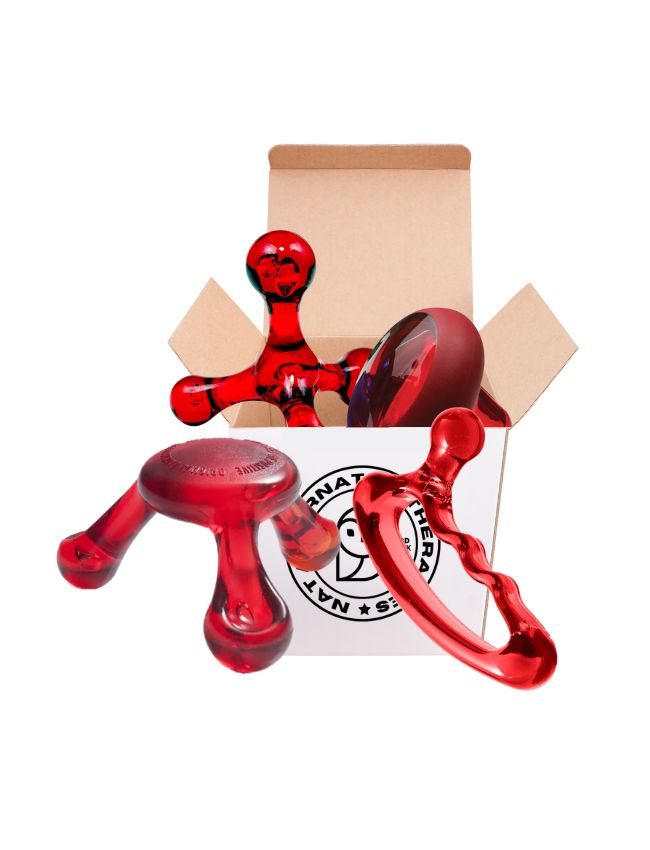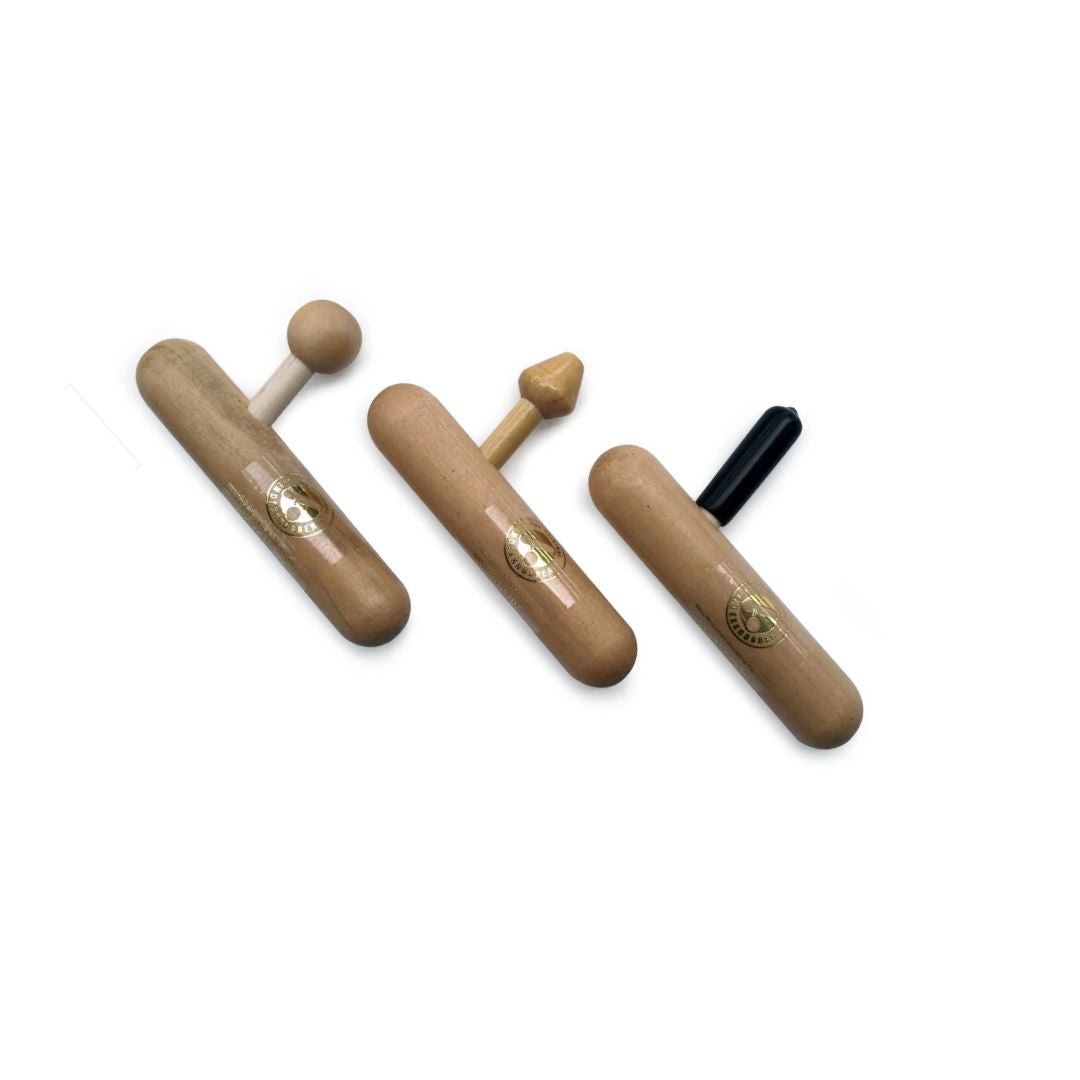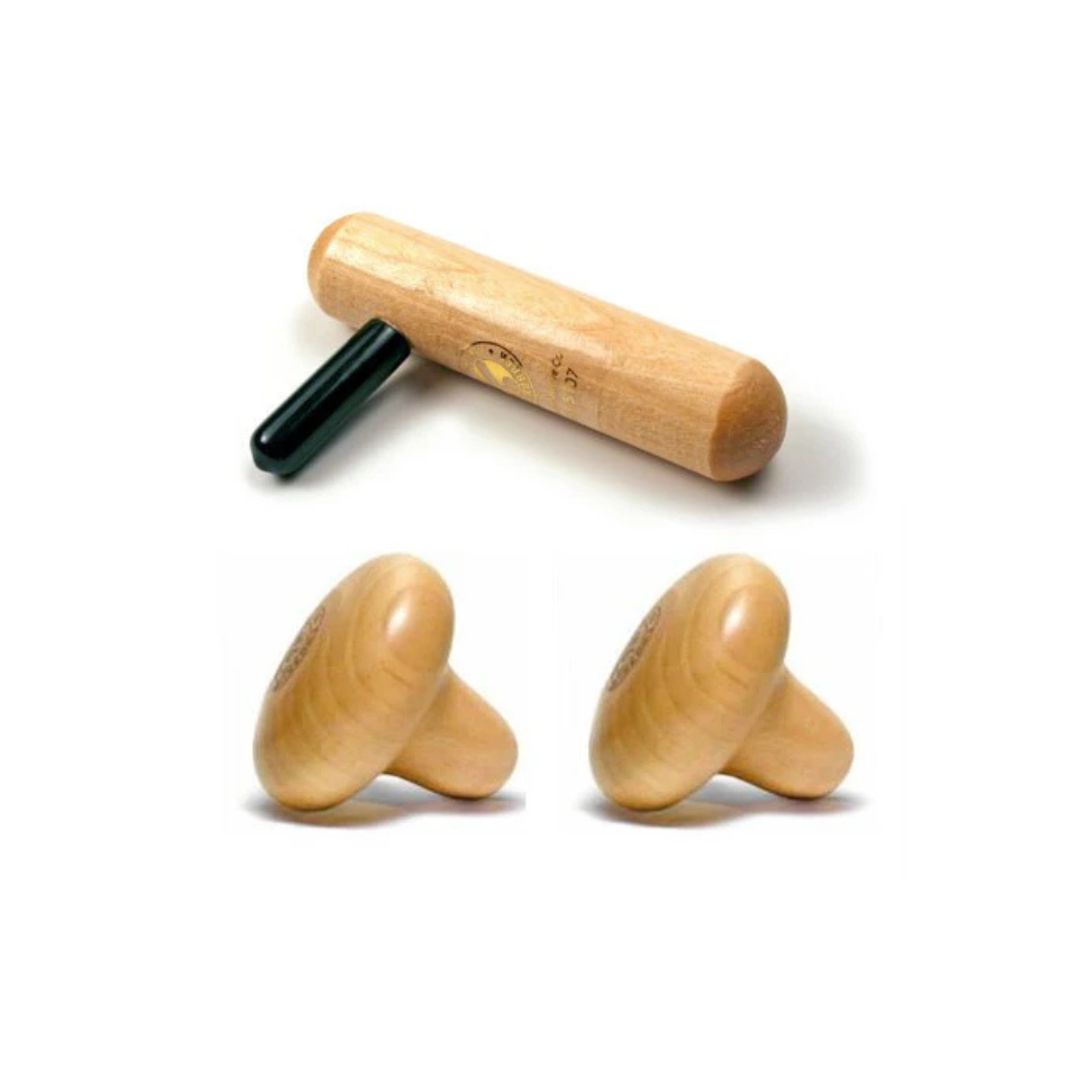Tennis Elbow: Treating the Most Common Elbow Overuse Injury
The Tennis Elbow condition causes the bony prominence on the outside of the elbow to become tender and sore. In the more severe cases, the pain may become debilitating.
This condition is usually related to strain or overuse of the muscles attaching to the lateral epicondyle of the humerus or, less frequently, a direct trauma.
Typically, the extensor muscles of the forearm, which extend and straighten the wrist, become strained from overuse, causing inflammation at the attachment to the bone.
The supinator muscle which allows the forearm to be turned to the "palm-up" position also attaches to the lateral epicondyle and can also be associated with tennis elbow.
Frequently, tendons attached to the bones of the elbow can become restricted or taut, causing irritation.
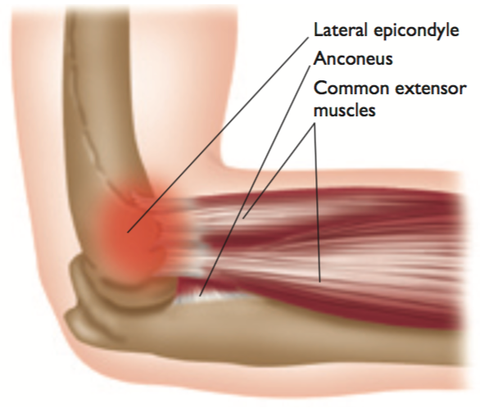
Cause of injury
Overuse of the muscles attached to the elbow. Direct injury to the elbow. Arthritis, rheumatism or gout.
Signs and Symptoms
Outer part of the elbow is painful and tender to touch. Movement is painful. Elbow is inflamed.
Complications if Left Unattended
Tennis elbow is generally treated without surgery, though discomfort will often worsen, with the potential for tendon or muscle damage should the condition be ignored.
The root causes of the condition are often associated with trigger points and trigger point "protective holding patterns". Extremely efficient treatment protocols have been developed for the treatment of athletes, and these techniques are now commonly used by manual therapists.
Do your research to ensure that your chosen therapist has experience in treating this condition.
Immediate Treatment
Avoidance of the activities causing repetitive stress to the elbow. RICER regimen for 48–72 hours following injury. Use of anti- inflammatory drugs and analgesics.
Rehabilitation and Prevention
Often a splint or bandage will be used to immobilize the injured elbow and prevent excess movement. Activities involving repetitive stress to the elbow or extensor muscles of the wrist should be avoided until the condition improves.
Should surgery be required a rest period of six weeks is typically advised before strengthening exercises begin.
Long-Term Prognosis
Few patients suffering from tennis elbow require surgery. Of the small percentage that do, 80–90% find the condition markedly improved.
More Articles About Elbow Pain
This blog is intended to be used for information purposes only and is not intended to be used for medical diagnosis or treatment or to substitute for a medical diagnosis and/or treatment rendered or prescribed by a physician or competent healthcare professional. This information is designed as educational material, but should not be taken as a recommendation for treatment of any particular person or patient. Always consult your physician if you think you need treatment or if you feel unwell.
Disclaimer
The information in this article is intended for educational purposes within the context of continuing education for massage therapists, continuing education for athletic trainers, continuing education for physical therapists, continuing education for chiropractors, and continuing education for rehabilitation professionals. It is not a substitute for medical advice, diagnosis, or treatment. Although every effort has been made to ensure accuracy and reflect current understanding at the time of publication, practitioners must always work within the legal scope of their professional practice and follow all regional regulatory guidelines.
Hands-on techniques and clinical applications described in this material should only be performed by appropriately trained and licensed professionals. Individuals experiencing pain or symptoms should be referred to a qualified healthcare provider for assessment. Niel Asher Education is not responsible for any injury, loss, or damage resulting from the use or misuse of the information provided in this content.

Continuing Professional Education
Looking for Massage Therapy CEUs, PT and ATC continuing education, chiropractic CE, or advanced manual therapy training? Explore our evidence-based online courses designed for hands-on professionals.
